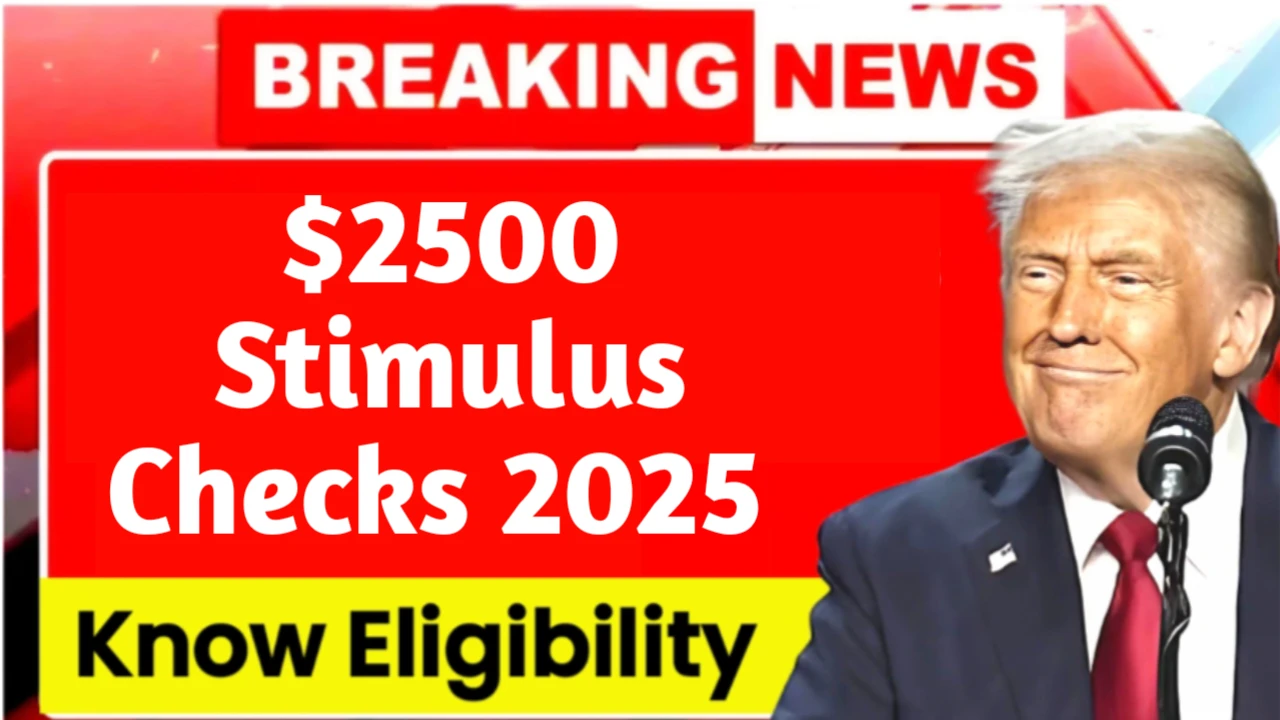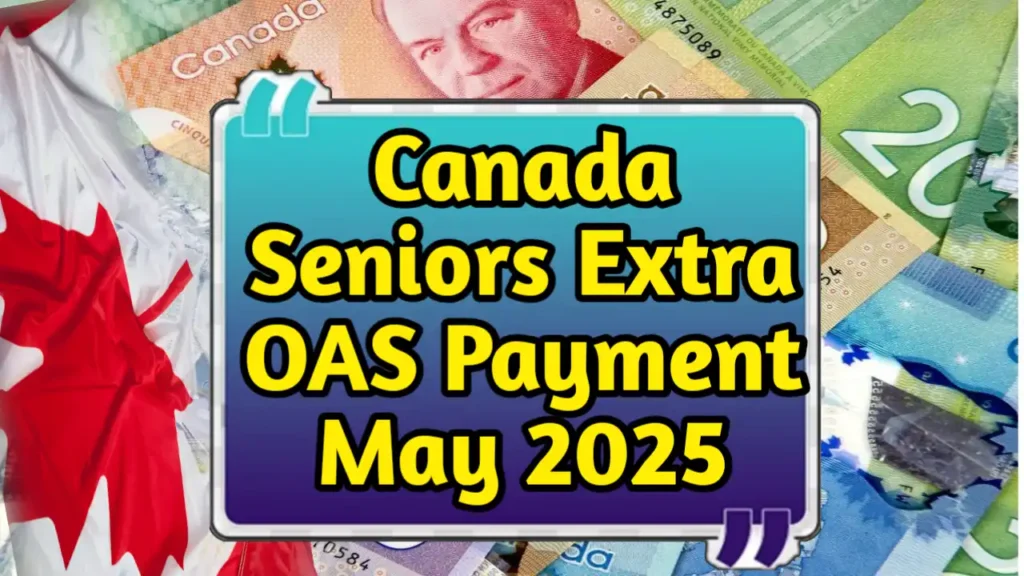$2500 Stimulus Checks 2025: Stimulus for Everyone? Eligibility & Payment Dates As 2025 unfolds, Americans are once again turning their attention to potential financial relief from the federal government. The idea of a $2500 stimulus check is gaining momentum in political discussions, economic debates, and among the general public. With economic uncertainties still affecting many households, this possible relief could bring significant support to millions. In this article, we explore in detail whether the stimulus is for everyone, the eligibility criteria, payment dates, and what to expect from this potential financial assistance. This comprehensive guide provides a clear picture of what the $2500 stimulus check might mean for Americans in 2025.
Is the $2500 Stimulus for Everyone?
The idea of universal stimulus has often been discussed, but not always implemented in practice. While the $2500 stimulus is being framed as a broader financial aid package, it is unlikely that every single citizen will qualify. Historically, stimulus payments have been directed toward specific income groups and based on certain tax filing statuses. The goal of this payment would be to support middle and lower-income families still struggling from inflation, job market instability, and high living costs.
That said, the government might widen the eligibility scope more than before to include those who were previously left out, such as part-time workers, seniors with low Social Security income, and even some non-tax filers. However, eligibility could still depend heavily on income thresholds, dependents, and tax filing records.
Eligibility Criteria for the $2500 Stimulus Check
The eligibility for the 2025 $2500 stimulus check is expected to be structured similarly to previous stimulus programs, with updates to reflect current economic conditions. The criteria are likely to be tied to the most recent tax returns and income levels.
Here’s a breakdown of the potential eligibility requirements:
| Criteria | Details |
|---|---|
| Income Limits (Single Filers) | Likely under $75,000 annually |
| Income Limits (Joint Filers) | Likely under $150,000 annually |
| Head of Household | Possibly under $112,500 |
| Dependent Support | Additional amount may be included per dependent |
| Tax Filing Requirement | Must have filed a federal income tax return for 2023 or 2024 |
| Non-Filers | May need to register via IRS tool, depending on policy |
| Social Security Recipients | Eligible if income falls within limits |
| Citizenship Status | Must be U.S. citizen or legal resident with valid Social Security number |
The finalized criteria will be determined by Congress and the IRS if the package is officially passed. Until then, these estimations are based on past trends and preliminary discussions.
Payment Dates and Distribution Timeline
While an official release date for the $2500 stimulus check hasn’t been confirmed, sources suggest that if approved, the first batch of payments could begin as early as mid to late 2025. Based on prior stimulus rollouts, the IRS is expected to use a phased approach to distribute funds.
Here’s a possible distribution timeline:
| Stage | Estimated Date | Details |
|---|---|---|
| Congressional Approval | Early to Mid-2025 | Bill must pass both House and Senate |
| IRS Preparation Period | 1-2 months after approval | System setup, eligibility verification |
| Direct Deposits Begin | Within 2-3 weeks of setup | First round of payments to bank accounts |
| Paper Checks / Debit Cards | 2-4 weeks after direct deposit | Mailed to those without bank details on file |
| Non-Filer Registrations | Ongoing during payout phase | Special portal or tool may be provided |
Those who have filed taxes electronically and provided direct deposit information to the IRS would be among the first to receive the payment. Others may have to wait slightly longer depending on the method of disbursement.
What This Stimulus Means for the Economy and Individuals
The introduction of another stimulus payment like the $2500 proposal is not only a lifeline for individual households but also a strategic economic move. Direct cash payments tend to boost consumer spending, which in turn can stimulate local economies, help small businesses, and stabilize job markets.
For families, this amount can help with essential expenses such as groceries, rent, utilities, medical bills, or credit card debt. For many, it may also offer a much-needed opportunity to build a small financial cushion. Critics, however, argue that such large payments could fuel inflation if not implemented carefully, especially if the economy is already recovering.
Economists and policymakers are balancing between providing immediate relief and maintaining long-term economic stability. Whether this proposal goes forward or is adjusted, it’s clear that financial recovery is still a national concern in 2025.
$2500 Stimulus Checks
The $2500 stimulus check proposal for 2025 has stirred hope across the country, especially for those still facing financial difficulties. While not yet confirmed, the possibility of a broad-based stimulus brings attention to ongoing economic challenges. Americans should stay informed, keep their tax filings up-to-date, and prepare for possible registration or eligibility verification steps. As discussions continue in Washington, the final decision will shape the financial outlook for millions.






